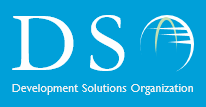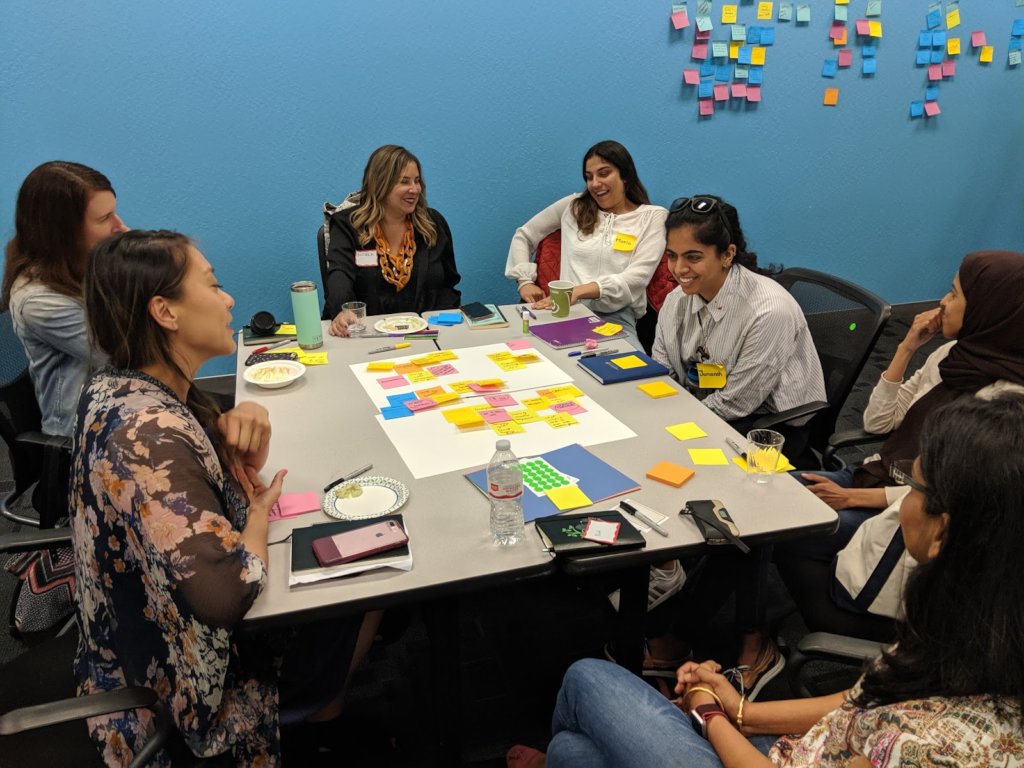Hello,
Before we dive into our featured project, we want to take a moment to honor one of our dear Partners in changemaking - Leila, CEO of Samasource who passed away earlier this week. Leila had a rare form of cancer that sadly took her life at age 37. Leila inspired many of us to make positive and bold impact and help advance equity and opportunity for all. We know this legacy and her many incredible accomplishments will live on strong. Our sincere condolences to her family as well as the Samasource team.
At DSO we continue to do meaningful and impactful work with local and global Partners and sometimes, we have the joy of convening multiple Partners as more of a social impact community. In this report, we feature our 2019 Design Thinking Session.
Featured Project
Nearly three-quarters of local nonprofits are concerned the real estate market will hurt their long-term financial stability (Survey, Northern California Grantmakers’ Nonprofit Displacement Project).
Upon learning what’s top of mind for many nonprofits in the Bay Area and beyond, DSO members Amy and Lizzie organized a design thinking session with the theme “How might we help nonprofits be sustainable given the reality of increasing costs to operate?”
We were honored to have participants across a range of organizations - Boston Private, Braven, D-Rev, Ecumenical Hunger Program, Gooru, Salesforce.org, Silicon Valley Social Venture Fund, StreetCode Academy, Thrive Alliance, and UC Berkeley.
In the session we first learned from and deeply connected through each others’ experiences and stories. We then ideated on topics we selected and potential solutions, including:
- Developing more realistic short and long term organizational health plans such as by setting realistic goals based on the lifecycle stage of the organization
- Diversifying funding sources such as by better tapping into alumni networks
- Doing revenue generating projects such as by renting out nonprofit space to others for events
We then got each other’s feedback on a few more developed ideas and solutions.
At the end of the session, several folks shared that it was helpful to connect in this way and hear about each other’s experiences.
We’re grateful for the help of our great co-facilitators Erin from studio b:ask, as well as Alissa, Brian, Ravi, and Steven from Salesforce.
Testimonials and Actionable Insights
“Huge thanks for hosting such a great workshop! I really enjoyed the conversation and exercise.” - Mayura, Participant
“It was good to connect with people in other organizations doing the same job responsibilities.” - Justina, Participant
Some actionable insights from Participants:
- Getting more unrestricted funding - funding that nonprofits can use at their discretion and for general operating support vs. for a specific program(s)
- Utilizing accessible and affordable co-working spaces - e.g. Spaces for Good, Sobrato Center for Nonprofits - where 73 nonprofit tenants are saving $5.4 million in annual rent
- Supporting peer organizations more through shared outreach and workshops - e.g. Thrive Alliance sends out a regular newsletter curating opportunities, workshops, resources, etc. across the Bay Area, this can help reduce nonprofit marketing costs
- Applying the design-thinking methodology to day-to-day work - e.g. sharing stories and listing insights, doing work in smaller groups

